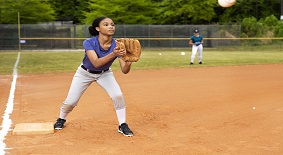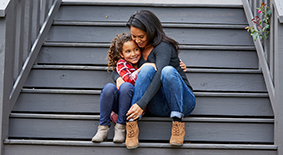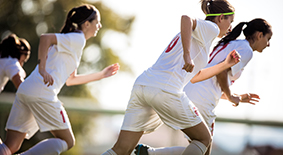Vaccinating Athletes for COVID-19
Updated 7/18/23
After too much screen time and too little quality time with friends, kids are eager to get back to the activities they love. Fortunately for youth athletes, many sports are now back in full swing. And COVID-19 vaccines are making it safer to get back in the game. As more and more kids get vaccinated and guidelines change, many parents still have questions about keeping their kids—and their kids' teammates—safe from the spread of the coronavirus. Here’s what our infectious disease and sports medicine teams want you to know about vaccinations, masking and playing sports during COVID-19.
The Centers for Disease Control and Prevention (CDC) now recommends that all kids ages 6 months and up be vaccinated against COVID-19. Both the Pfizer-BioNTech and Moderna COVID-19 vaccines have been approved for use in kids ages 6 months and up.
Read more about the COVID vaccine
Note: If your teen athlete has a condition or is taking medication that weakens his immune system, he may not be fully protected even if he is fully vaccinated. Be sure to talk to your child’s healthcare provider if this is the case.
Does my vaccinated athlete have to quarantine after a COVID-19 exposure?
If your teen athlete has been around someone who has COVID-19, he does not necessarily need to stay away from others or get tested unless he has symptoms. However, schools and club sports teams have different rules, so it’s important that you understand what their COVID-19 policies are; some may still require quarantine, contact tracing or testing before returning to sports.
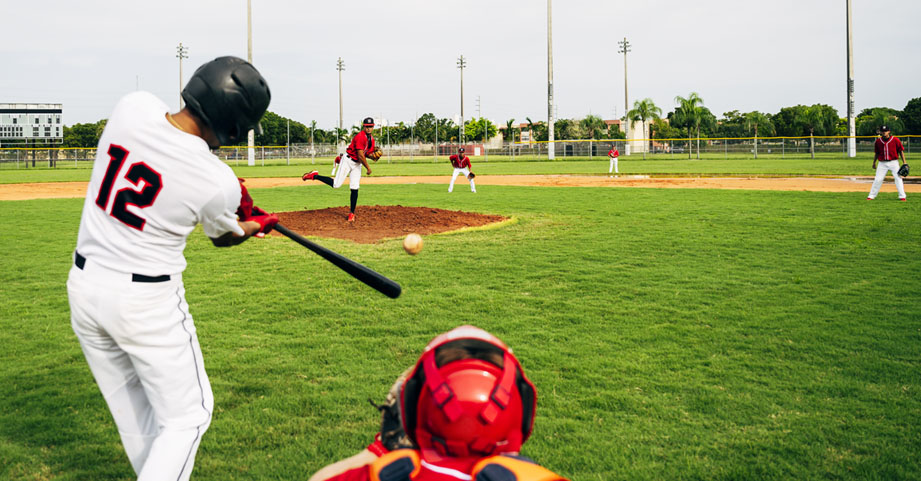
If your child is not fully vaccinated, the CDC recommends you continue taking precautions.
Your child is not fully vaccinated if:
- It has been less than two weeks since his second shot of a two-dose vaccine.
- He still needs to get his second dose of a two-dose vaccine.
The CDC recommends that unvaccinated athletes continue to wear a mask and practice social distancing while playing sports when possible.
“The main goal to prevent the spread of COVID-19 while playing sports is to avoid coming in contact with a respiratory droplet with the virus in it,” explains Armand Scurfield, MD, a Sports Medicine Primary Care Physician at Children’s Healthcare of Atlanta.
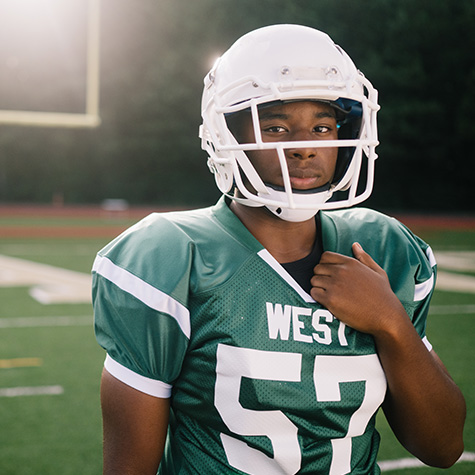
We are exclusively dedicated to kids and teen athletes.
The Sports Medicine Program at Children’s is one of the only programs in the country dedicated exclusively to caring for growing athletes. Our team is specially trained to care for teen athletes with sports-related injuries and illnesses.
Learn MoreThe CDC has created a tool to help you determine which prevention step to take based on the latest data. The COVID-19 Community Levels tool looks at a variety of indicators by county, including the number of hospital beds being used, hospital admissions and the total number of new COVID-cases in the area to score them as Low, Medium and High Risk.
People may choose to mask at any time, but those with positive symptoms, a positive test or exposure to someone with COVID-19 should wear a mask.
Click to learn more about the prevention measures you should take.
While many parents have eagerly returned their athletes to youth sports, some may still be on the fence about safely playing during COVID-19. If you’re still unsure, do your homework, so that you understand the risks and can make an educated decision about what’s best for your family. Here are some things the CDC suggests parents consider as you assess whether sports are right for your child right now.
What precautions are coaches, athletes and parents taking during games and practices?
It’s still important to be sure your child’s school or sports club has rules and guidelines in place to help limit the spread of COVID-19, such as:
- Screening players regularly and excluding those with symptoms.
- Enforcing social distancing when necessary.
- Promoting handwashing.
- Requiring masks if a player is unvaccinated.
- Sanitizing equipment.
- Engaging the public health department to assist with contact tracing.
Is it a high-contact sport?
When it comes to COVID-19 transmission risk, not all sports are created equal. We know the virus most often spreads through respiratory droplets, so the closer your child gets to another player and the more time he spends in close contact with another player, the more likely he is to breathe in traces of exhaled virus, especially if athletes are exerting themselves and not wearing masks. This means that, if your child is unvaccinated, sports like football and soccer may present a higher risk of exposure than golf or tennis.
Is it a high-intensity sport?
Limit high-intensity sports when indoors. People who are engaged in high-intensity activities, like running, may not be able to wear a mask if it causes difficulty breathing. If unable to wear a mask, consider conducting the activity in a location with greater ventilation and air exchange (for instance, outdoors versus indoors), and where it is possible to maintain physical distance from others.
Are games or matches held indoors or out?
Ventilation can make a big difference in limiting the spread of COVID-19. Respiratory droplets circulating indoors are more likely to be passed along from one person to the next. Outdoors, it’s also much easier for athletes and fans to distance themselves from others, and for viral particles to dissipate.
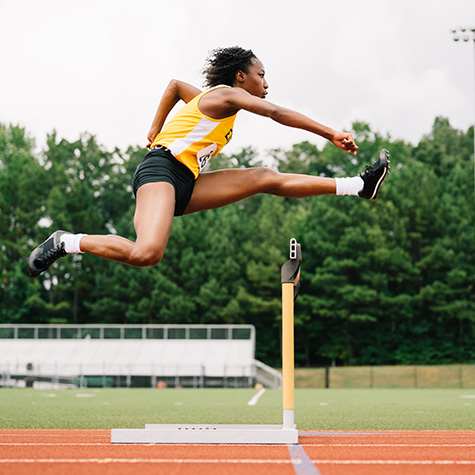
How Are Teen Athletes Different?
You wouldn’t put your teen athlete on the same field as the pros, so why take them to the same doctor? See why pediatric care is the best option for your teen.
see whyFrom the practice field to the pitch, the locker room to the court, and during car pools or bus rides to practices and games, youth athletes spend a lot of time with their teammates. This camaraderie is a huge part of what makes playing sports so enjoyable. But during a pandemic, close contact among athletes can put them at risk.
“If your child is involved in sports, they’re more likely to spread COVID-19 while hanging out with their teammates on the sidelines than when they’re actually on the field or court,” says Dr. Scurfield.
Aside from getting vaccinated, wearing a mask, keeping distanced while playing and washing their hands, there are other ways your athletes can keep themselves and their teammates safe during practices, games and team gatherings. Here are some helpful tips to pass along to your athlete:
- Bring your own snacks (no sharing food).
- Always have a backup—an extra water bottle, mouth guard, glove—so that you don’t have to borrow equipment from a teammate.
- Pack hand sanitizer and use it frequently.
- Have an extra mask handy just in case one becomes wet or dirty.
- Bring a water bottle and avoid drinking fountains if possible.
- Opt for no-touch greetings and celebrations instead of handshakes and high fives.
Help Keep Your Athlete Safe, Healthy and in Tip-Top Shape
Armand Scurfield, MD, a Pediatric Sports Medicine Primary Care Physician, is board certified in pediatrics and sports medicine. His expertise lies in diagnosing and managing musculoskeletal injuries and concussions in growing athletes. He is a member of the American Academy of Pediatrics (AAP), the AAP Council on Sports Medicine and Fitness, the American Medical Society for Sports Medicine, and the Pediatric Research in Sports Medicine Society (PRiSM). He currently serves as the team physician for Kell High School.
This content is general information and is not specific medical advice. Always consult with a doctor or healthcare provider if you have any questions or concerns about the health of a child. In case of an urgent concern or emergency, call 911 or go to the nearest emergency department right away. Some physicians and affiliated healthcare professionals on the Children’s Healthcare of Atlanta team are independent providers and are not our employees.
Contact Us 404-785-KIDS (5437)
